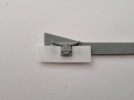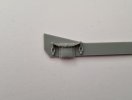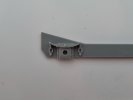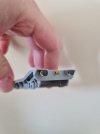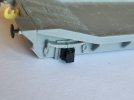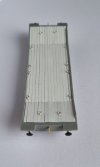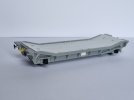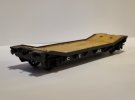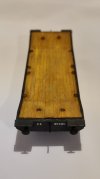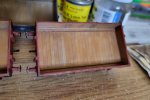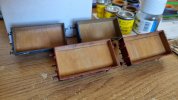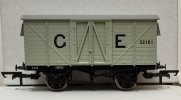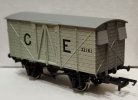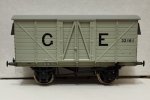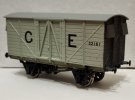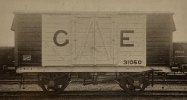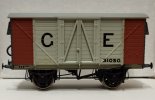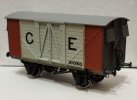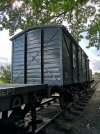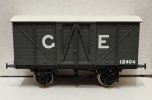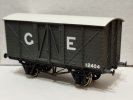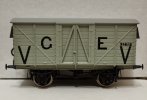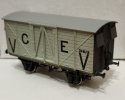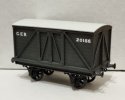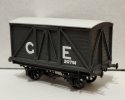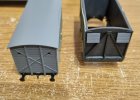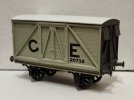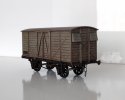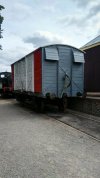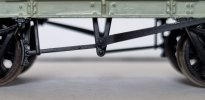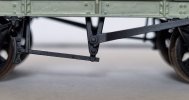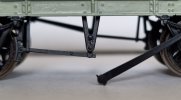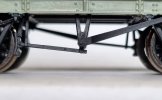Liver & Fry
Western Thunderer
Hello everyone!
Welcome to my workbench where I shall be chronicling my modelling endeavours as well as general musings on the historical influences behind them.
As stated on my welcome thread 'Greetings from the Fens', the eventual aim is to model the L&FR. However, time, space and, notably, skill restraints currently prevent this and so it is hoped you might stick around and join me for the ride as I slowly develop towards this end goal.
In the meantime, I plan to begin by retrospectively sharing some of the projects I've worked on up until now. There will be potential for "a bit of everything" but the primary themes will be pre-grouping Norfolk and the Highland Railway and, for the time being, these will be in OO gauge.
Feedback and discussion are most welcome (actively encouraged, in fact!) and I look forward to hearing from you!
Best wishes
- James
Welcome to my workbench where I shall be chronicling my modelling endeavours as well as general musings on the historical influences behind them.
As stated on my welcome thread 'Greetings from the Fens', the eventual aim is to model the L&FR. However, time, space and, notably, skill restraints currently prevent this and so it is hoped you might stick around and join me for the ride as I slowly develop towards this end goal.
In the meantime, I plan to begin by retrospectively sharing some of the projects I've worked on up until now. There will be potential for "a bit of everything" but the primary themes will be pre-grouping Norfolk and the Highland Railway and, for the time being, these will be in OO gauge.
Feedback and discussion are most welcome (actively encouraged, in fact!) and I look forward to hearing from you!
Best wishes
- James

